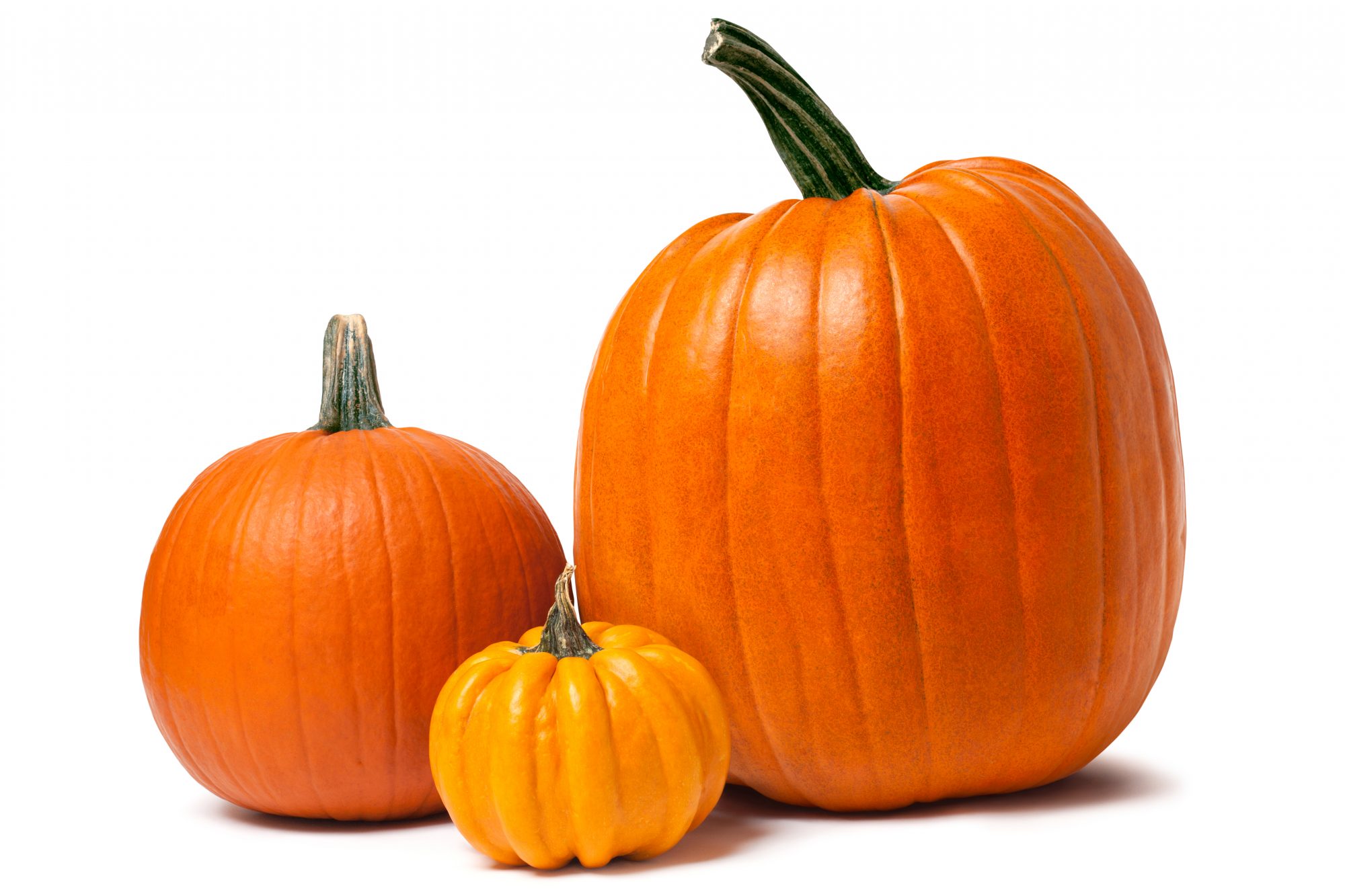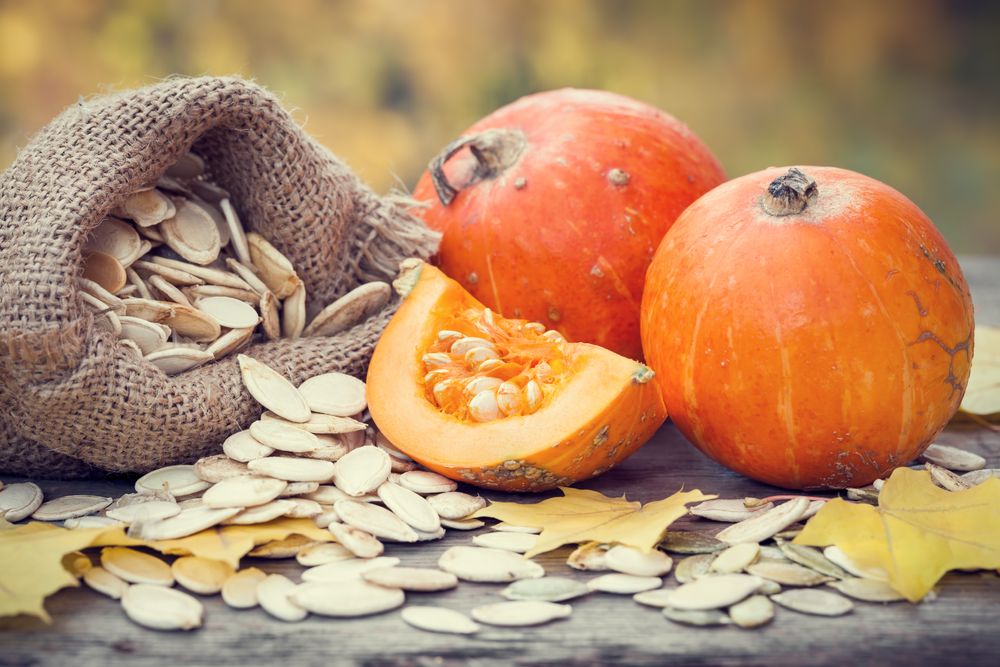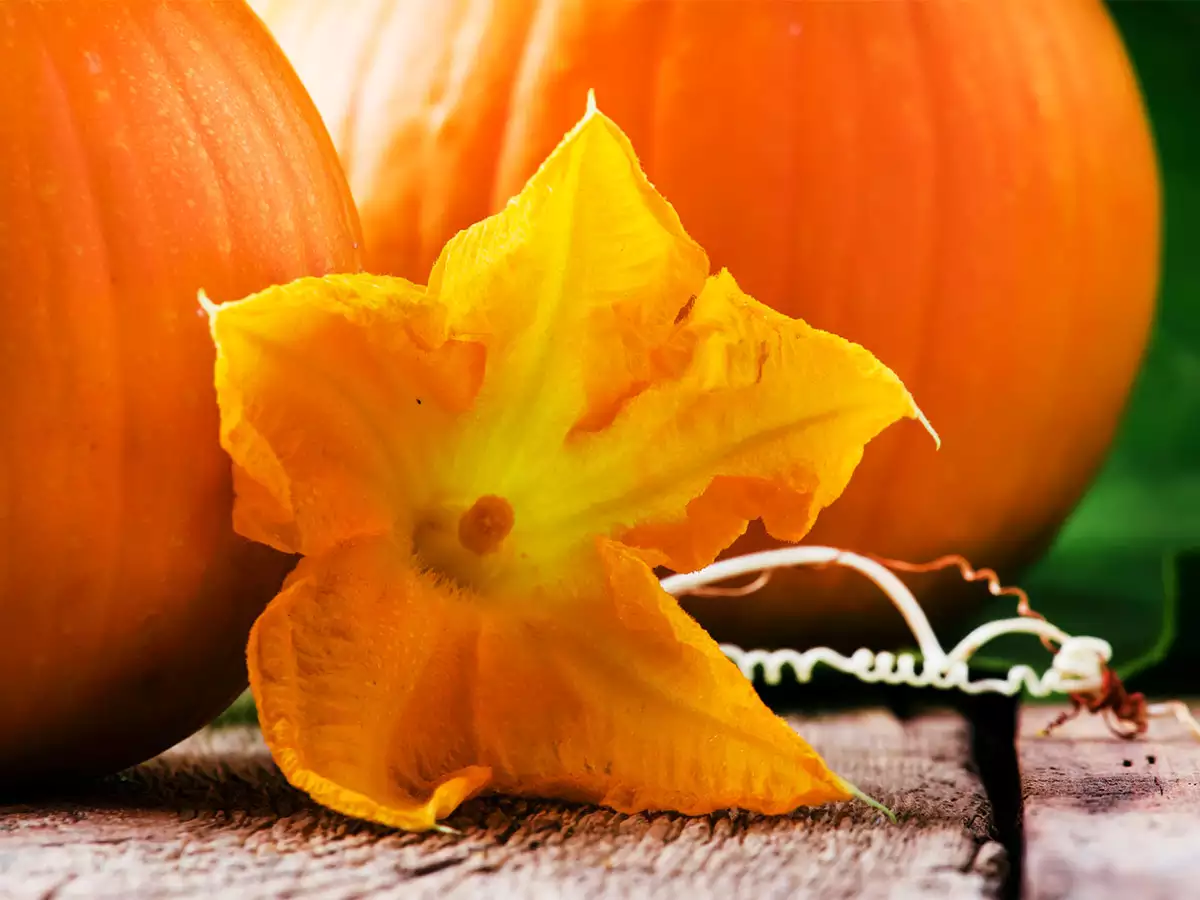Did you know that pumpkins are a fruit? They are related to squash and melons. Pumpkins come in all shapes and sizes, from small ones the size of tennis balls to giants that can weigh over 1,000 pounds! They grow on vines and are usually orange or yellow. Pumpkins are a Fall favorite, and there are so many things to know about them!
From carving them into spooky jack-o-lanterns to using them in delicious recipes, there are so many fun things to do with pumpkins. Therefore, in this article, we’ve put together a bunch of interesting facts about Pumpkins that every kid should know. So keep reading to learn all about these orange fruits!
1. Pumpkins are fruits, not vegetables

It’s a very common misconception that pumpkins are vegetables, and there’s a good reason behind that.
In various cuisines around the world, pumpkins are prepared as vegetables and added to savory dishes because they aren’t as overly sweet as other fruits.
However, since they grow from flowers and contain seeds, they’re botanically categorized as fruits, no matter what culinary experts say.
2. Not all pumpkins are orange!
/how-to-grow-pumpkins-1403469_02-404daba1576c4de892a4435a6a26eb81.jpg)
Have you ever seen a pumpkin in any color other than Orange, like a green or a blue pumpkin? And if so, did you ever wonder why there aren’t more of them? Here’s why:
The color of a pumpkin ultimately depends on the genetic makeup of the fruit. In the case of natural and artificial cross-breeding and hybridization, the resultant fruits can be red, white, orange, yellow, or bluish-grey with mottled and speckled stripes.
However, it’s difficult to find these exotic colors in most markets, as they’re low in supply and high in demand. If you do find them, don’t buy them without your parent’s permission, as they can be quite expensive.
3. Pumpkins are among the first domesticated plants in the world
Pumpkins are one of the first fruits grown by early humans, as pumpkin domestication started as early as around 7,000 to 5,500 BC! If it weren’t for those ancient farmers, there would probably be no butternut squash, pumpkin pies, or jack-o-lanterns.
4. Pumpkins are native to North America
Recent studies show that the first pumpkins originated in North America, specifically in northeastern Mexico and the southern United States. The oldest pumpkin seeds were found in Mexico, dating from around 8,000 years ago. How exciting is that?
5. There are more than 100 varieties of pumpkins!
As they have been cultivated since very early (10,000 to 7,000 years ago; 7000 to 5,500 BCE), it’s no surprise that there are more than a few hybrids and cross-breeds of the traditional pumpkin today.
There are around 100 varieties of pumpkins, but not all of them are edible. Some are only used as decorative pieces or jack-o-lanterns during Halloween. However, most are all-purpose, meaning they can both be eaten and used as decoration.
6. Indian pumpkins are the national vegetables of India
According to the books written by old explorers like Ibn Battuta, who explored India a long time ago, pumpkins were already domesticated in India in the sixth century.
However, these pumpkins were slightly different than those found in the United States. Most Indian pumpkins have white or yellowish-green skin rather than orange.
Indian pumpkins are the national vegetables in India, despite the fact that they’re fruits. This is because their culinary use in the country is in the form of a vegetable (curries) rather than fruit.
7. China is the biggest producer of pumpkins worldwide
Even though pumpkins originated from North America, China is the leading producer of this fruit worldwide. China produced approximately 7.4 million tons of pumpkins in 2020, accounting for 27% of the total global pumpkin production.
8. Illinois produces the most pumpkins in the United States
The biggest producer of pumpkin in the United States is Illinois. The state supplies about 90-95% of the processed pumpkins in the country.
Although California is in second place, Illinois produced 564 million pounds of pumpkin in 2020, more than the other top five states’ production combined. So, it’s safe to say that California and Illinois aren’t exactly neck-to-neck in pumpkin production.
9. Pumpkins can be found almost everywhere on the planet
Pumpkins are fairly popular fruits, but did you know that they’re found almost everywhere?
It’s true! Pumpkins are found on every continent except Antarctica, but not much is found there anyway, seeing how it’s a frozen tundra.
10. Carving pumpkins on Halloween was an old Irish tradition

Can you ever imagine jack-o-lanterns being carved out of anything other than pumpkins? No, right?
But originally, these demonic faces weren’t carved on pumpkins; it’s a very recent tradition to carve out these fruits.
According to an old Irish folk tale, Stingy Jack was a greedy man who tried to trick the Devil for his own gain. When he died, he wasn’t given a place in either heaven or hell, which is why he still wanders the earth to haunt other people.
To scare Jack away, Irish people started carving demonic faces into turnips. When the Irish immigrated to America, they started doing the same on pumpkins, as they were native to the region and larger in size.
Now you know why your jack-o-lantern needs to be the best, right?
11. Unusually large pumpkins are grown for competitions

Besides decoration and consumption, there’s another reason pumpkins are grown: for competitions!
Pumpkin weigh-offs are one of the best places a pumpkin enthusiast can be. Proud farmers who’ve spent months nourishing their plants to grow the largest pumpkins are excitedly telling everyone about the new thing they did this time.
The largest pumpkin ever was grown by Stefano Cutrupi, an Italian farmer. Weighing about 1,226 kilograms, it was nearly as heavy as 17.6 adult men!
12. Pumpkin plants have really long vines

Now that you know pumpkins are botanically classified as fruits, have you wondered how they hang from trees, seeing their large size?
Thankfully, you don’t need to because they don’t grow on trees. Pumpkins grow on vines that can grow as long as 30 feet!
The vines have twisty tendrils that cling to fences, poles, and other structures near the plant.
13. Pumpkins are highly nutritious
Pumpkins aren’t only delicious; they also work wonders for your health!
They’re rich in Vitamins A, C, and E, iron, folate, potassium, and antioxidants. All these nutrients work to strengthen your overall immune system, help you sleep better, and ease inflammation which brightens your skin.
Pumpkins also contain fiber, which helps digestion and promotes fat loss.
14. Almost all parts of a pumpkin are edible
Pumpkins are one of the culinary experts’ favorite ingredients because all the fruit parts are edible, except the stalk.
Depending on the variety, you can easily eat the outer skin of a pumpkin. For example, onion squashes have delicious rinds, and so do butternut squashes.
The inner, moist flesh is the best part of the fruit and is largely used in soups, curries, and pies. You can also make broths and drinks from the string-like substance in the innermost flesh.
Pumpkin seeds are also edible and are used as anytime snacks around the world.
15. A single pumpkin can have up to 500 seeds!
Since pumpkins are ginormous in size, it’s only fair that their seed count is, too.
An average, medium-sized pumpkin has about 500 seeds. An interesting way to guess the number of seeds a pumpkin might have is to count the number of sections on the fruit and multiply it by 16.
Still, the most accurate way to know the number of seeds in a pumpkin is to open it up and count it by hand.
16. Pumpkin seeds are a delicacy around the world

Pumpkin seeds are often called pepitas, which is Spanish for little seed of squash. How on-point is that?
If you’ve bought a pumpkin, don’t let the seeds go to waste because they’re highly nutritious and versatile.
They contain nutrients like manganese, zinc, phosphorus, fiber, and protein, which are important for proper digestion, bone health, and immunity.
You can add these seeds to your homemade green salads or granola bars with nuts and dried fruits. However, the most common preparation of pumpkin seeds is to roast them first, brush them up with olive oil, and season with your favorite spices.
17. Even pumpkin flowers are edible!
If you’ve ever tasted roses or carnations, you know exactly how richly flavored some flowers are. Pumpkin flowers also belong to this category, as they’re widely used in traditional Indian cuisine.
They’re cooked both as a curry best served with rice and deep-fried to make tea-time fritters.
18. Traditional pumpkin pies used to be quite different from modern-day pumpkin pies
The pumpkin pies we eat today are a tame version of the pies that were originally cooked by the Native Americans way back.
Their pumpkin pies were made by hollowing out the pumpkins first, as you would do for a jack-o-lantern.
Then, they filled it with milk, honey, cinnamon, and various spices. The lid was then popped back on, and the pumpkin was roasted in ashes to prepare the traditional pumpkin pie.
We’ve got to hand it to them; their technique sounds much more delicious than ours.
19. The largest pumpkin pie ever made had a 20 feet-long diameter

According to the Guinness Book of World Records, New Bremen Giant Pumpkin Growers made the largest pumpkin ever in the USA at the New Bremen Pumpkinfest.
The pie measured around six meters or twenty feet in diameter and weighed 3,699 pounds! Around 440 sheets of dough were used in making this giant dessert, along with unbelievable amounts of sugar, evaporated milk, eggs, cinnamon, salt, and pumpkin spice.
20. Pumpkins can make a great treat for your dog
We’ve got the best idea for their Halloween present if you have a pet dog! Pumpkins are a holiday special on the dogs’ menu as they’re both highly nutritious and delicious. They contain vital nutrients like vitamins A, C, E, iron, potassium, and soluble fibers.
However, remember only to feed them fresh pumpkins or canned plain pumpkin puree. Preservatives and spices are a strict no-go for any dog breed.
If you have a giant breed dog, feed them one tablespoon of pumpkin puree once or twice a day. On the other hand, medium or small-breed dogs should only be fed one to two teaspoons of this treat.
21. Pumpkins can float in water
Seeing the size of these gigantic fruits, who could imagine that they float on water?
Pumpkins have a lower density than water, as they’re mostly hollow on the inside. So, if you put them in a tub of water large enough to fully accommodate them, they will float.
However, don’t expect them to float at the very top. Chances are, they’ll be half submerged but still well above the bottom of the tub.
22. National Pumpkin Day is celebrated on 26th October in the United States
Every year on October 26th, pumpkin enthusiasts from all over the country come together to thank pumpkins for the delicious thanksgiving meals and somewhat controversial lattes. Oh, and the creepy but fun jack-o-lanterns, how could you forget those! Join any pumpkin forum online and meet like-minded people to celebrate this day!
Bottom line
Now that we’ve reached the end of this article, we hope you found something funny and interesting in this compilation of Pumpkin facts. These fruits have a rich history and even richer nutritional content, so don’t skip out on them at Thanksgiving dinner this year.
Thanks for reading! We hope you’ve enjoyed reading this post and found the information interesting. If you have any interesting facts about pumpkins that we forgot to include, feel free to write us an email. We’ll surely add them to the list.
28 Coconut Facts For Kids That Are Actually Amazing


